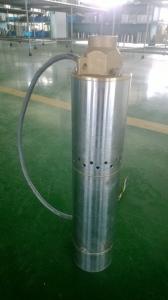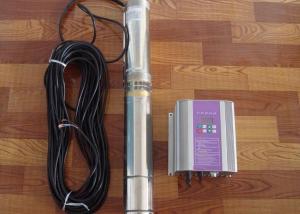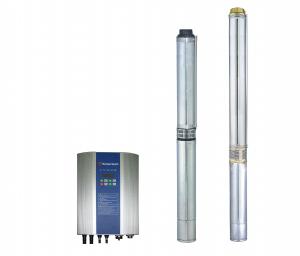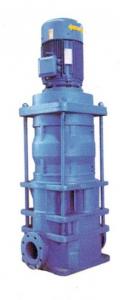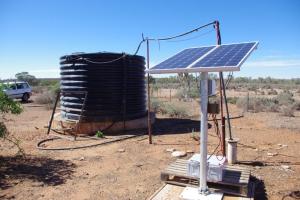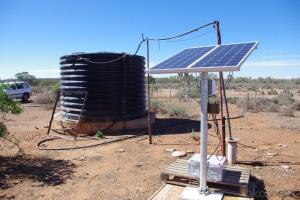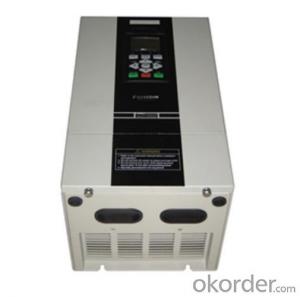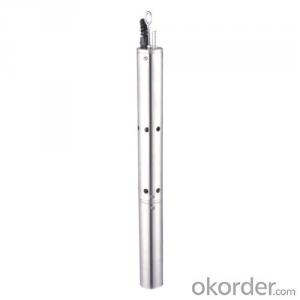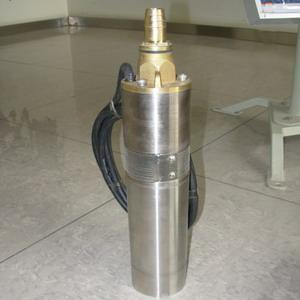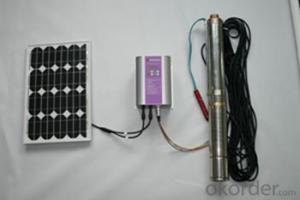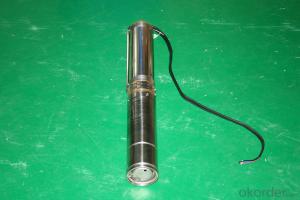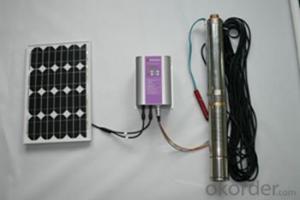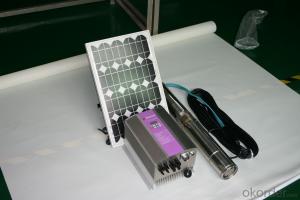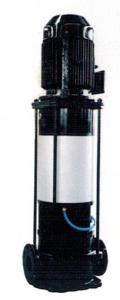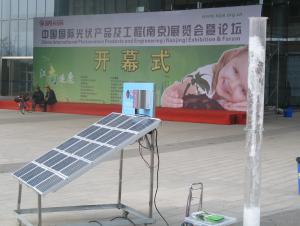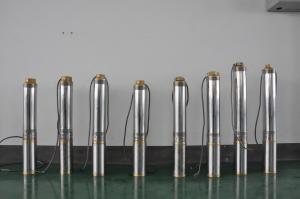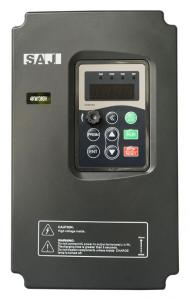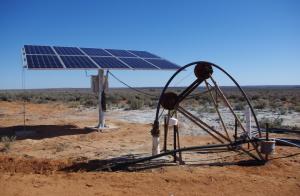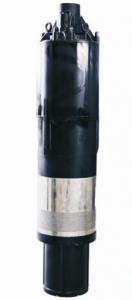Submersible Solar Water Pump with Helical Screw
- Loading Port:
- Shanghai
- Payment Terms:
- TT OR LC
- Min Order Qty:
- -
- Supply Capability:
- 300 set/month
OKorder Service Pledge
Quality Product, Order Online Tracking, Timely Delivery
OKorder Financial Service
Credit Rating, Credit Services, Credit Purchasing
You Might Also Like
how is the rotor made:
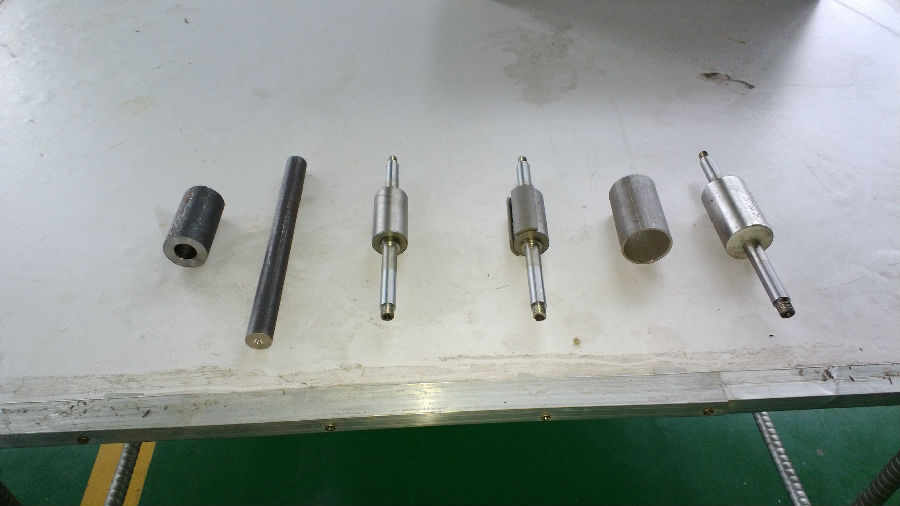
how is the motor made:
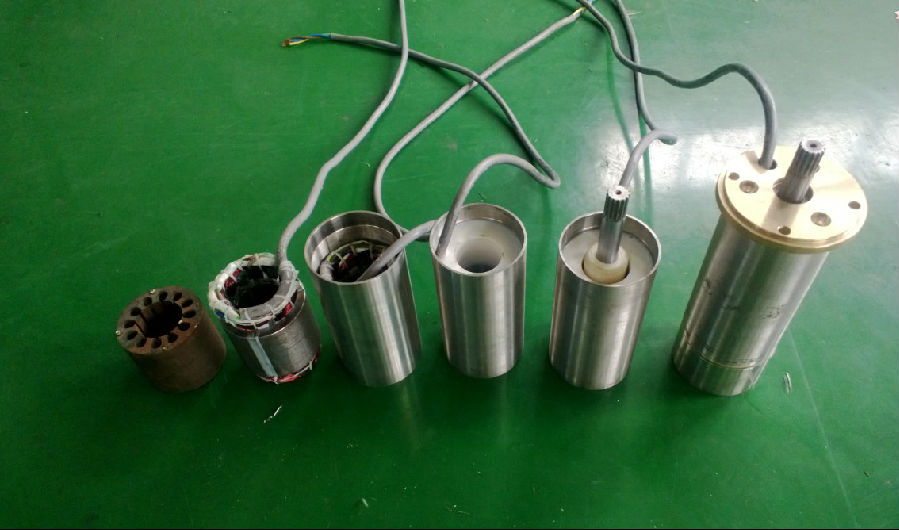
the pump :

controller terminal connection:
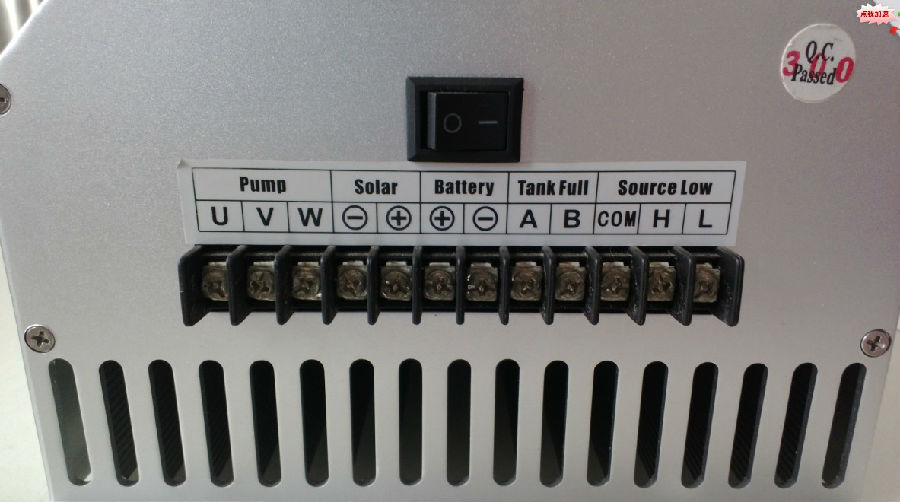
The permanent magnet:
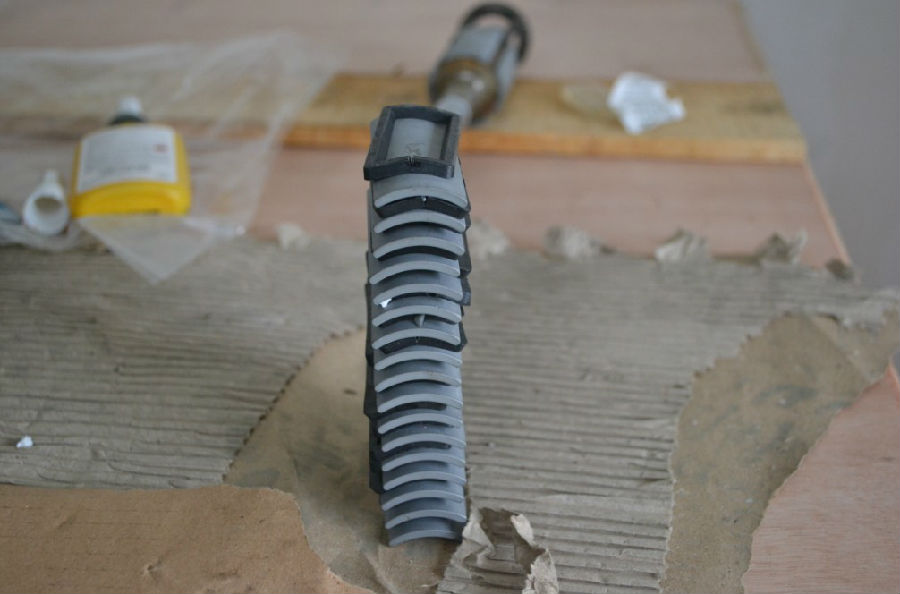
the helical screw:
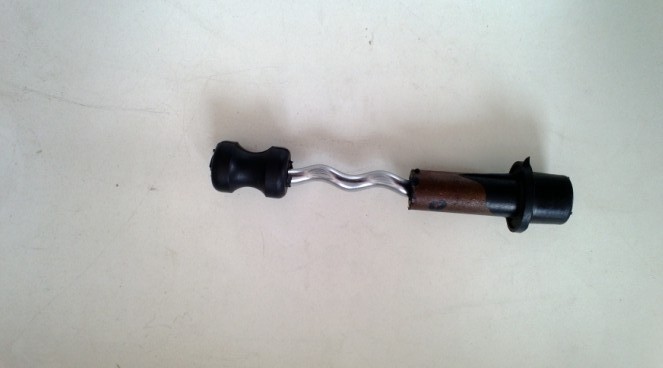
controller box:

the senors:
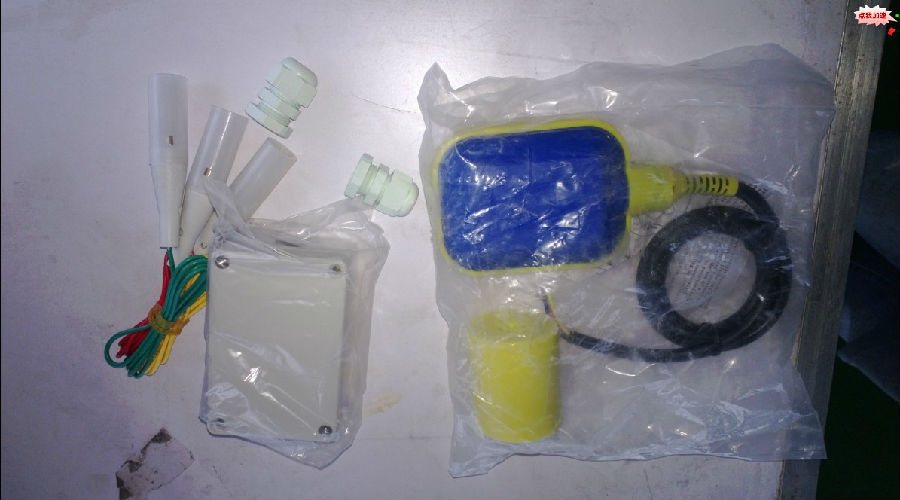
the test:
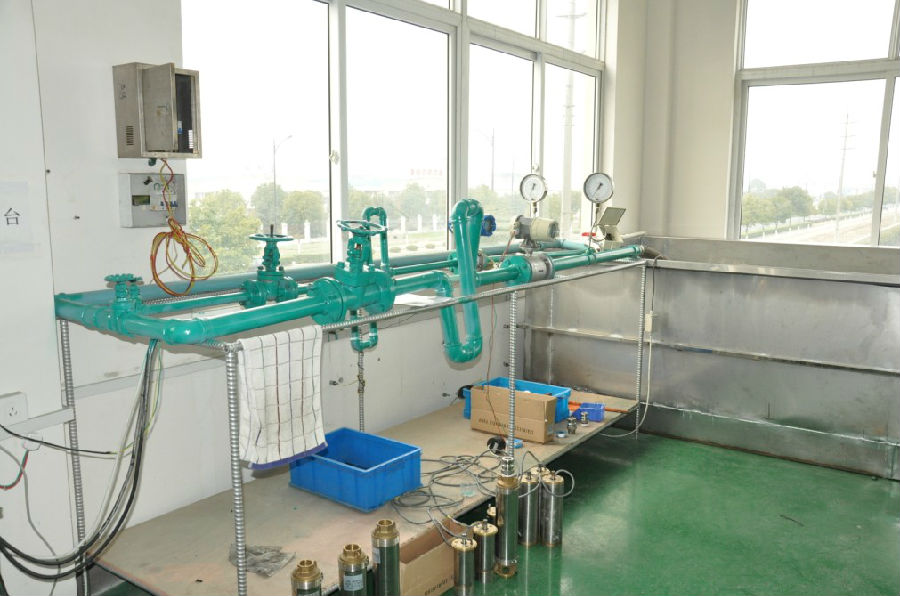
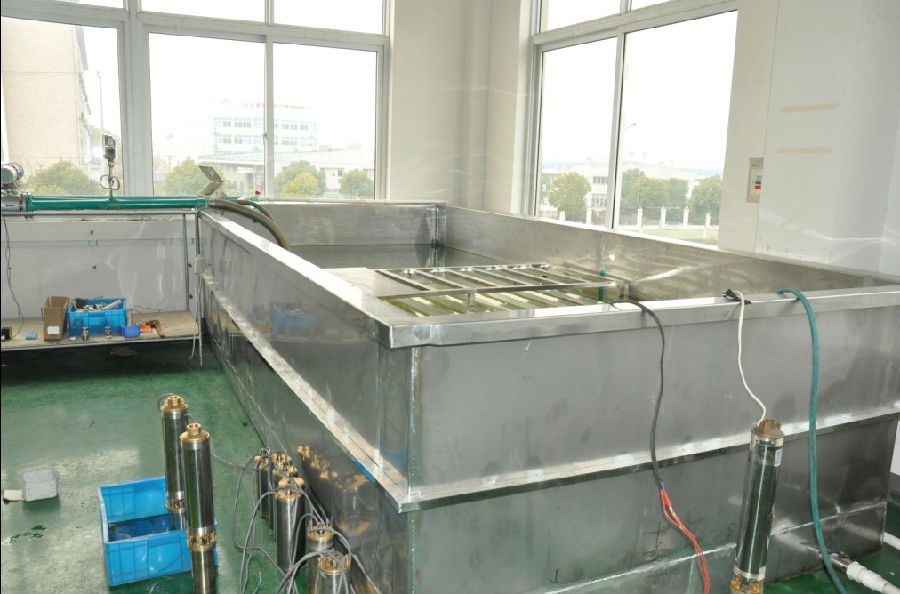
the application:
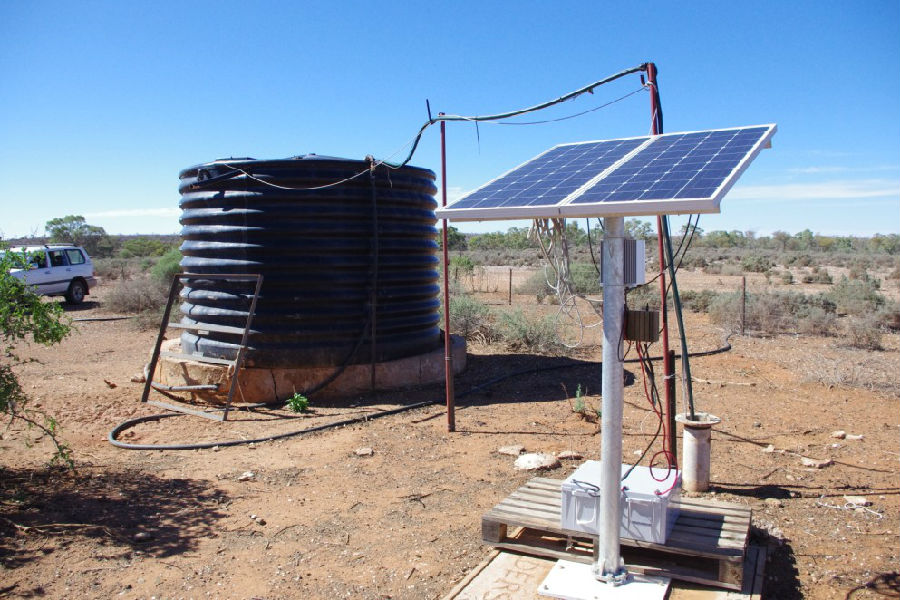
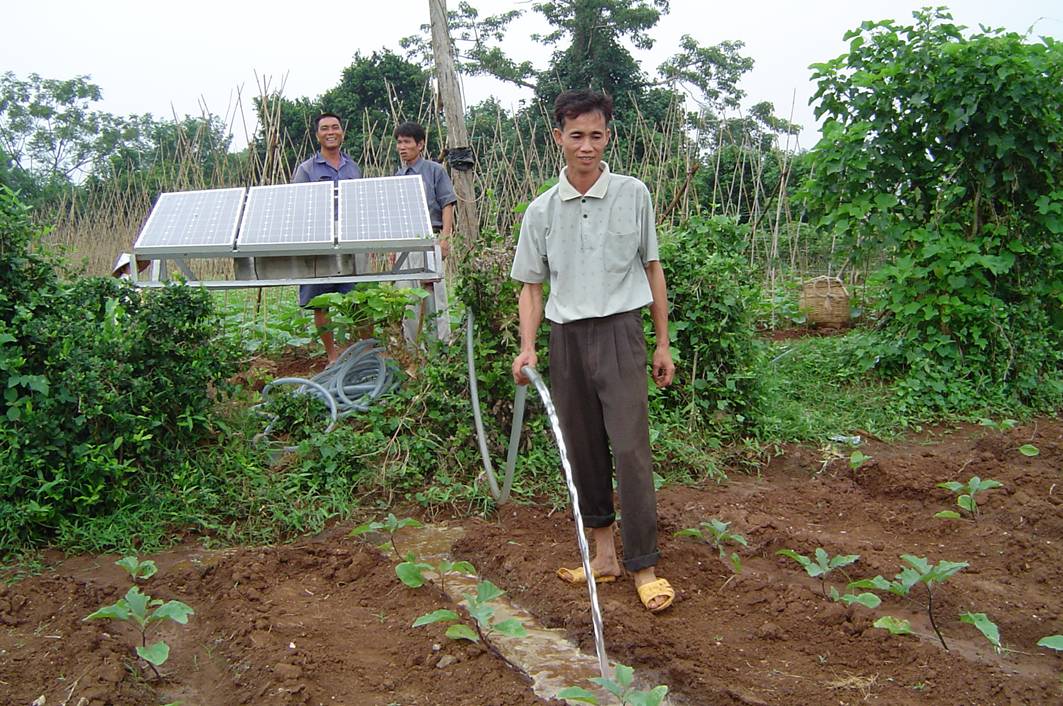
the package:
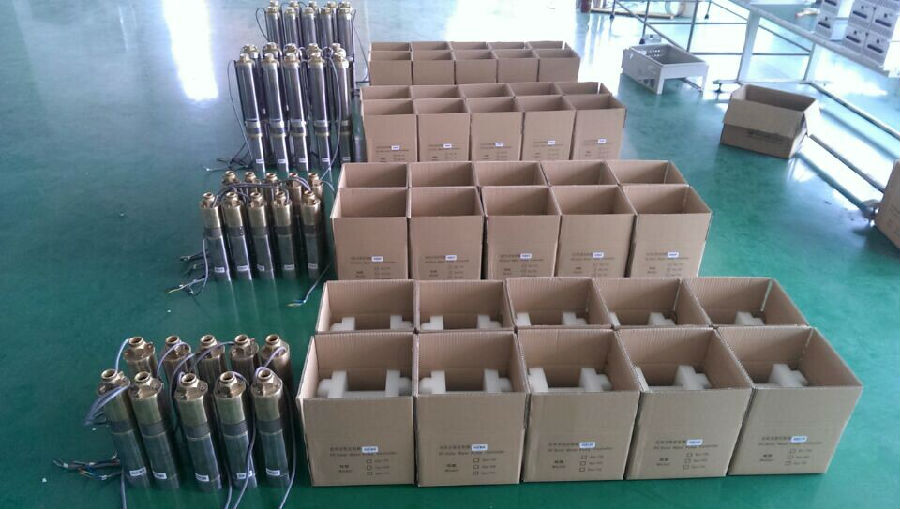
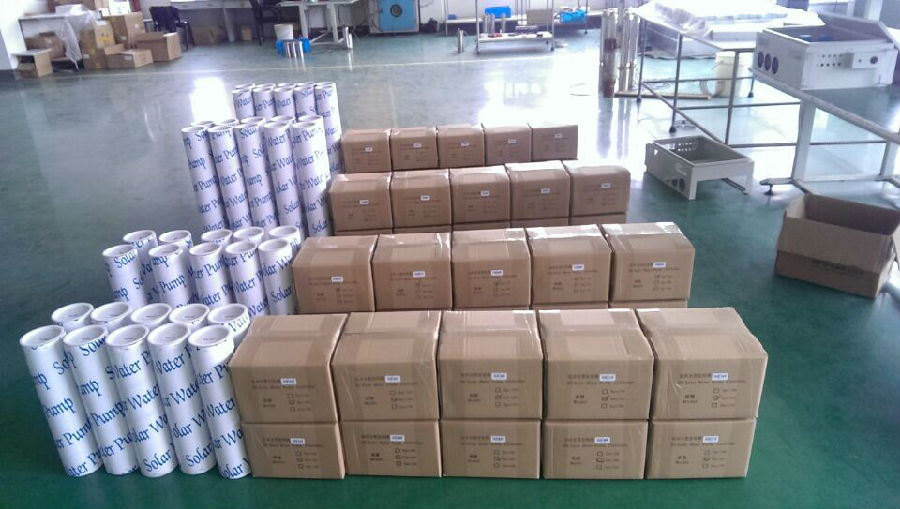
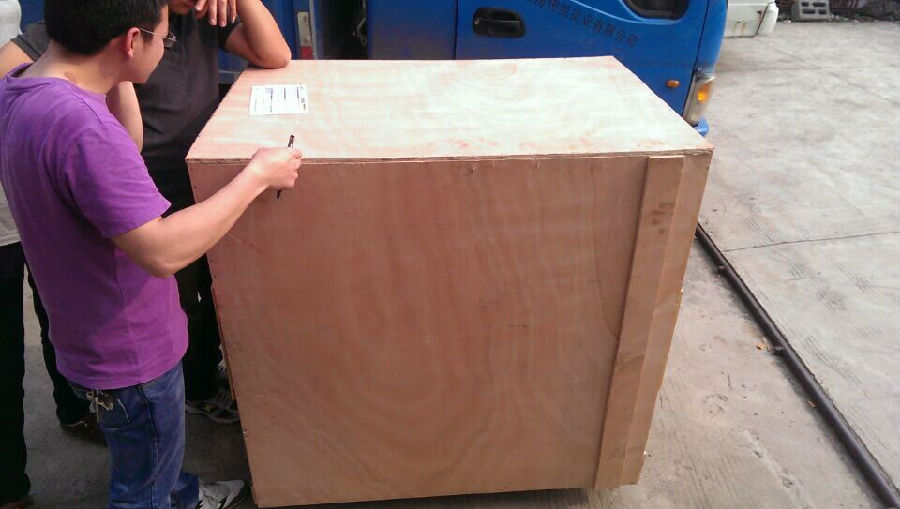
- Q: How does a solar pump handle fluctuations in water demand?
- A solar pump handles fluctuations in water demand by adjusting its output based on the available sunlight and the system's design. When there is ample sunlight, the solar panels generate more power, allowing the pump to work at its maximum capacity. During periods of low sunlight or increased water demand, the pump may not be able to meet the full demand, but it will still operate at a reduced capacity to deliver water as efficiently as possible.
- Q: What is the expected maintenance cost for a solar pump system?
- The expected maintenance cost for a solar pump system can vary depending on several factors such as the size of the system, the quality of the equipment used, and the local environmental conditions. However, in general, solar pump systems are known for their low maintenance requirements compared to traditional diesel or electric pumps. Typically, the primary maintenance tasks for a solar pump system involve periodic inspections and cleanings. This includes checking the solar panels for any dirt or debris that may reduce their efficiency, inspecting the pump and control system for any signs of wear or damage, and ensuring that the system is properly aligned and functioning optimally. Additionally, it is important to regularly monitor and maintain the battery bank if the system includes energy storage. This involves checking the battery levels, ensuring proper charging and discharging cycles, and replacing any worn-out batteries as needed. As for the cost, the expected maintenance expenses for a solar pump system are relatively low. Most of the maintenance tasks can be performed by the system owner or a qualified technician, eliminating the need for expensive professional services. The cost mainly involves routine inspections, occasional part replacements, and cleaning supplies. It is recommended to budget around 1-2% of the initial cost of the solar pump system per year for maintenance expenses. However, this estimate may vary depending on the specific circumstances, so it is advisable to consult with a solar pump system provider or an experienced technician for a more accurate assessment based on your specific installation.
- Q: Can a solar pump be used for water supply in orchards?
- Yes, a solar pump can be used for water supply in orchards. Solar pumps are a sustainable and efficient solution for providing water to orchards, as they harness solar energy to power the pump. This eliminates the need for grid electricity or fuel-powered pumps, reducing operational costs and environmental impact. Solar pumps can effectively irrigate orchards, ensuring the trees receive the necessary water for growth and productivity.
- Q: Are there any limitations on the distance water can be pumped with a solar pump?
- Yes, there are limitations on the distance water can be pumped with a solar pump. The distance that water can be pumped depends on various factors such as the power and efficiency of the solar pump, the elevation difference between the water source and destination, and the size and condition of the pipes used for pumping. Generally, the longer the distance, the greater the loss of pressure, which can affect the pump's ability to move water effectively. Additionally, extreme distances may require more powerful or specialized solar pumps to overcome these limitations.
- Q: Are there any limitations on the water quality or purity requirements for a solar pump?
- Yes, there can be limitations on the water quality or purity requirements for a solar pump. The efficiency and lifespan of a solar pump can be affected by factors such as high levels of sediment, minerals, or contaminants in the water. Therefore, it is important to ensure that the water source meets the manufacturer's recommended quality standards to maintain optimal performance and longevity of the solar pump.
- Q: How does a solar pump handle water with high levels of chlorine or other disinfectants?
- A solar pump does not directly handle or treat water with high levels of chlorine or other disinfectants. The primary function of a solar pump is to draw water from a source, such as a well or a reservoir, and transfer it to a desired location using solar energy. If the water being pumped contains high levels of chlorine or disinfectants, it is advisable to treat the water before it enters the solar pump system to ensure proper functioning and longevity of the equipment.
- Q: Can a solar pump be used for water supply in a commercial building?
- Yes, a solar pump can be effectively used for water supply in a commercial building. Solar pumps are a reliable and cost-effective solution that harnesses solar energy to pump water, eliminating the need for grid electricity. They can provide a consistent and sustainable water supply, making them suitable for various commercial applications such as irrigation, plumbing systems, and water circulation. Additionally, solar pumps are environmentally friendly, reducing carbon emissions and operating costs in the long run.
- Q: Are there any safety concerns with using a solar pump?
- Yes, there are some safety concerns associated with using a solar pump. While solar pumps are generally considered safe to use, some potential safety concerns include electrical hazards during installation and maintenance, the risk of overheating or fire if the pump malfunctions, and the possibility of injury due to moving parts or pressurized water. It is important to follow proper installation, maintenance, and safety guidelines provided by the manufacturer to minimize these risks.
- Q: Can solar pumps be used for hydroponics or greenhouse irrigation?
- Yes, solar pumps can be used for hydroponics or greenhouse irrigation. Solar pumps are an efficient and sustainable solution for providing water to these systems, as they operate using solar energy and do not require an external power source. They can provide a consistent supply of water, ensuring optimal conditions for plant growth and maximizing productivity in hydroponics or greenhouse setups.
- Q: Can a solar pump be used in areas with high levels of pollution?
- Yes, a solar pump can be used in areas with high levels of pollution. Solar pumps are powered by sunlight, so they do not rely on conventional power sources that contribute to pollution. As long as there is sufficient sunlight to generate electricity, the solar pump can operate efficiently regardless of the pollution levels in the area.
Send your message to us
Submersible Solar Water Pump with Helical Screw
- Loading Port:
- Shanghai
- Payment Terms:
- TT OR LC
- Min Order Qty:
- -
- Supply Capability:
- 300 set/month
OKorder Service Pledge
Quality Product, Order Online Tracking, Timely Delivery
OKorder Financial Service
Credit Rating, Credit Services, Credit Purchasing
Similar products
Hot products
Hot Searches
Related keywords
